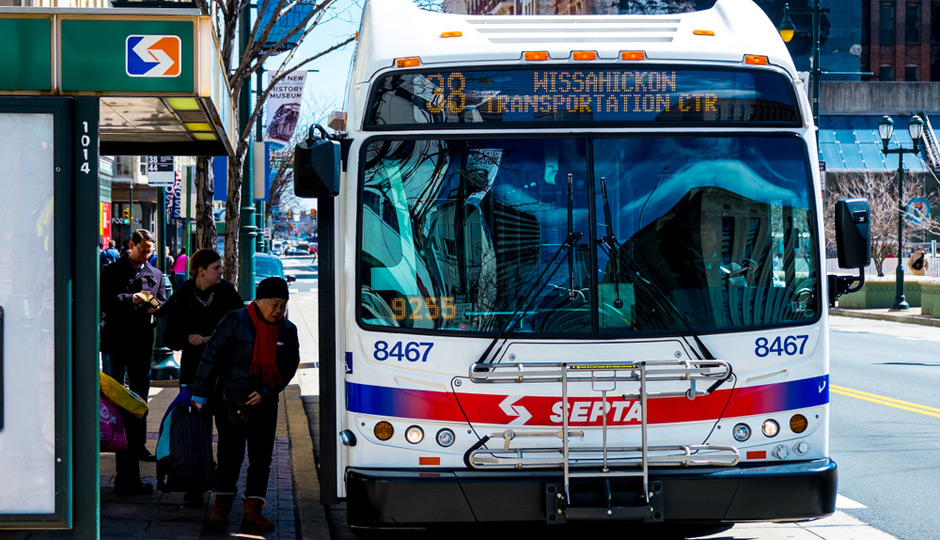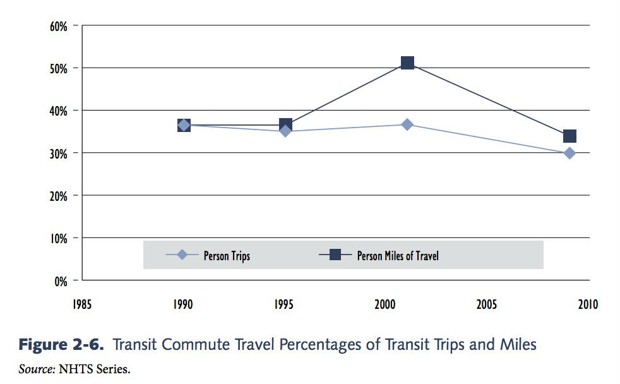The Media Is Vastly Underestimating SEPTA’s Constituency
For the first time ever in a Philadelphia mayoral campaign, all of the candidates in this year’s primary tipped their proverbial hats to the importance of multimodal transit.
This was no more apparent than at the 2015 Better Mobility Forum, which was attended by five of the six Democratic contenders, along with Republican candidate Melissa Murray Bailey. The event, which was moderated by Citified, covered once-niche, increasingly mainstream topics like “Vision Zero,” the elitism of bike lanes, and ways to improve SEPTA. Half the candidates claimed to ride the bus to work, and Bailey said she is part of a SEPTA family.
Hosting a forum on matters of mobility, during the thick of election season no less, is one step forward for the nascent — but viable — political constituency surrounding transit issues, which includes bike advocates, civically-minded pedestrians, and residents who rely on public transportation. That last subset in particular — people dependent on SEPTA — is robust.
And yet, we in the press often minimize how many Philadelphians fall into that camp.
The problem lies in the media’s reliance on something known as the “commute mode share.” Generated by a Census Bureau question, it measures the percentage of workers who walk, take SEPTA, or ride a bike to get to their jobs.
But people don’t use public transportation only to get to work. Far from it, in fact. How people travel to and from their jobs has been a diminishing portion of Americans’ overall travel for some time.
And yet, we label people as “bikers” if they get to work by bike, and as “drivers” if they get there in cars. But as noted in a new article by City Observatory, only 19 percent of all miles travelled nationwide are logged by people going to and from work. So it’s just plain wrong to assume that because 10 percent of residents in the Philadelphia metropolitan area travel to work via SEPTA, then only 10 percent of residents are dependent on SEPTA. Here’s City Observatory:
It’s not just that people who work also go to the grocery store, restaurants or friends’ homes. Lots of people don’t work at all, and those people — largely students, the elderly, or people with disabilities — are disproportionately likely to use transit for all or almost all of their trips. Finally, plenty of people who do work might drive three or four days a week and take transit the other one or two. But since the Census only asks about what they do most of the time, they’ll show up as “drivers.”
Another big reason why the “commute mode share” measurement is faulty is that it doesn’t measure a household’s stake in public transportation services. Take an imaginary couple: the wife drives to work on weekdays, while the husband takes the El to get to his job, and they both run errands by taking the bus. That’s a transit-dependent household — collectively, both people rely on it, even though just one would be be measured that way. City Observatory put together this nifty graphic to show the various ways to measure the true public transit constituency:
As you can see, while only 10 percent of residents in the Philly region use SEPTA for their daily commutes to work, 21 percent of households have someone who relies on it at least sometimes to travel to work or school. Plus, 42 percent of households — nearly half of those in the Philadelphia metropolitan area! — take SEPTA regularly. That’s a huge constituency. As City Observatory notes, “These figures better demonstrate the number of people with a direct stake in transit service, whether or not they themselves ride it on a regular basis.”

